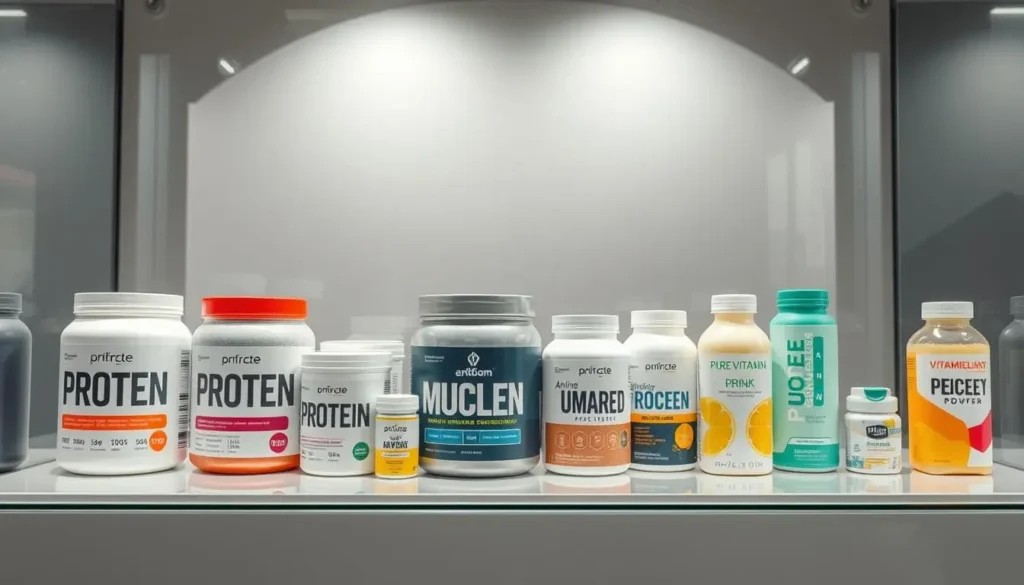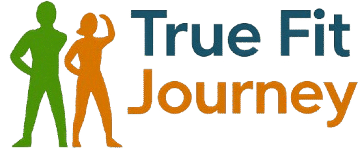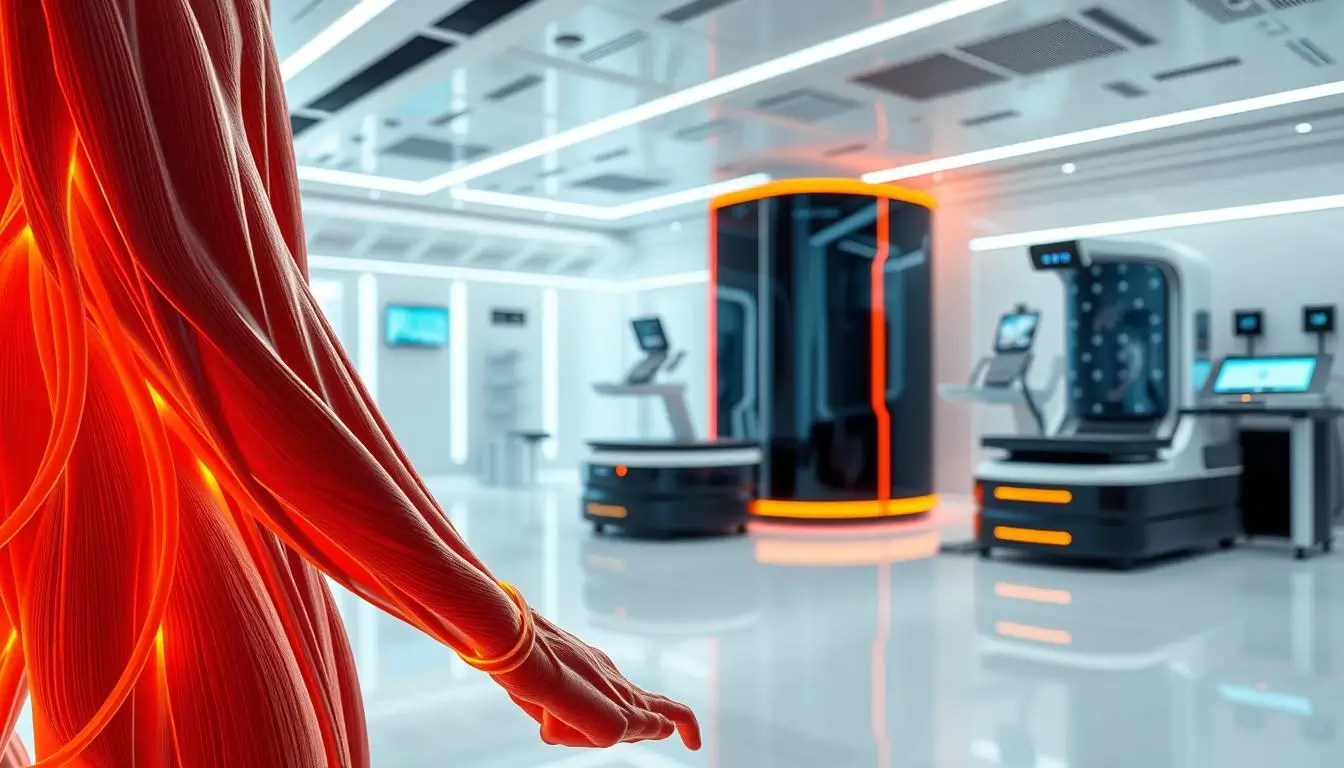Science of Muscle Recovery: 7 Best Tips for Athletes
The science of muscle recovery is an important understanding that every athlete must have, whether beginner or professional. Whether you are a professional competitor or a weekend warrior, your capacity to deliver and then recover extremely intense training is what happens in your body, and this is the biological process of repair and reconstruction of the muscle tissue. The study of muscle repair gives us a hint as to the reasons why rest and recuperation are not the luxuries they seem to be, but are in fact the basic necessities that will allow one to access optimal performance and longevity in sports.
Learning more about the science of the recovery of muscles can help your training immensely. In this case, we would give 7 of the best tips that could assist you in recuperating better and achieving your objectives.
Table of Contents
Key Takeaways
- Learn about the need for recovery by athletes
- Discover the 7 best tips to improve muscle recovery
- Learn the methods of optimal recovery training strategies
- Enhance your general performance in sports
- Minimize the chances of being harmed through recuperation plans
What is the Science of Muscle Recovery?
Your muscles tear at the microscopic level when you engage in intense physical activity, meaning they are stretched out. That is why the restoration plays a major role in the enhancement of your performance and the achievement of your fitness targets.
The Way Exercise Causes Muscle Destruction
Your muscles are exposed to so much strain when you undergo high-intensity exercise, which causes micro-tears and consumes glycogen. This is the damage that occurs due to overworking your muscles. The severity and duration of the exercise determine the degree of damage, and so does your fitness level.
The Muscle Repair Biological Process
When your muscles are harmed, the body begins repairing them. This includes the production of new proteins and the mending of the muscle fibers. Your defenses come in and clean out the injured tissue and aid in recovery.
The Importance of Recovery to Gain Performance
To become stronger, your muscles need to recover. When you do not have enough rest, you are likely to overtrain, and your performance will decline. With the focus on recovery, you will be able to train better, and you will experience gains in strength and endurance.
Tip 1: Optimize Your Post-Workout Nutrition Window
Consumption of food after an exercise will help you regain muscles much quicker. When you are done with a hard session of exercising, your body requires the correct elements to repair and build muscle. Consumption of proper foods in phase with the post-exhaustion window enhances methods of recovery and performance.
Maximum Recovery Protein Requirements
Protein contributes to the repair of the muscle. Research indicates that consumption of nearly 1.6 grams of protein per kilogram of body weight each day promotes muscle growth. To illustrate, when you are weighing 70 kilograms, your daily goal should be 112 grams of protein.
Strategic Carbohydrate Intake for Glycogen Replenishment
Carbohydrates help in replenishing glycogen stores that are used during exercise. Any effect of eating carbs after exercising works to restore energy. I will find a nice mix with complex whole grains or fruits.
Optimal Recovery Diet Image Timing and Content
Make an attempt to have your recovery meal within 30-60 minutes of a workout. This is a meal that should contain protein and carbs. Take the example of grilled chicken (protein) with quinoa (complex carbs) and veggies, which is a good option.
Your nutrition after exercising contributes to better body recovery. This results in better outcomes in subsequent exercises. It is an essential component of the recovery of muscles within a shorter period.
Tip 2: Quality Sleep is Better Recovery
Muscle recovery depends on getting good sleep. When you are sleeping, your body repairs and develops the muscles. It is a big input in the process of improvement.
Other hormones, such as growth hormone, are also regulated by sleep. It is a significant hormone in repairing and building muscles.
How Sleep Affects The Hormone Secretion And Repair Of Muscles
Sleep alters the functioning of hormones, and growth hormone is one of them. Growth hormone plays a crucial part in muscle formation and the strengthening of muscles. Therefore, athletes have to sleep.
The Best Sleep Time of Athletes
Muscle recovery requires athletes to have 7-9 hours of sleep on a nightly basis. This time, allow your organism to experience the vital sleep periodicities. Such cycles aid the recovery of your body.
Useful Sleep Hygiene Methods to Improve the Recovery
To sleep well, have an eating schedule. Keep the caffeine and screens out of the bedroom. Also, ensure that your sleeping place is tranquil. These measures will allow you to get better and excel more quickly.
Tip 3: Use proactive measures of recovery
Active recovery methods should be employed to accelerate muscle recovery. Active recovery is the process of performing exercises of low intensity, which aids in the muscle circulation of blood. In this manner, you do not worsen the situation further.
Advantages of Low-Intensity Movement between Workouts
It is also very helpful to do short exercises between workouts to regenerate muscles. Such exercises lessen the soreness of your muscles and help you recover earlier. They enhance blood circulation in the body, supplying oxygen and nutrients to sore muscles.
Good Active Recovery Workout Examples
Examples of good active recovery workouts are light jogging, cycling, and yoga. They are not taxing to the muscles but assist in blood flow and flexibility.
When to Have Active Recovery Days
You need to consider the level of activity you have been putting in the field to plan effective recovery days. It is important to have at least one active recovery day a week if you have done intense workouts. Be mindful of your feelings and alter the time and duration spent on active recovery sessions.
Tip 4: Learn the Contrast Therapy and Hydrotherapy Techniques
It is also possible to accelerate the skeletal muscle healing procedure with the help of contrast therapy and hydrotherapy included in your healing program. Such techniques involve the use of temperature as an aid to recovery, reducing muscle soreness and enhancing the performance of athletes.
What are the uses and advantages of Cold Therapy?
Athletes love using cold therapy such as cryotherapy and ice baths. It alleviates inflammation, soothes stiff muscles, and helps to recover naturally. Cold therapy causes the constriction of blood vessels and reduces the rate of metabolism, and minimizes tissue damage.
Heat Therapy for Increased Blood Flow
The use of heat therapy acts to increase the blood circulation to injured parts. This introduces oxygen and nutrients, which help in the repair and relaxation of the muscles. Heat therapy is wonderful for any chronic muscle tension and may be administered through warm baths, heating pads, or infrared therapy.
What to do in Contrast Therapy Protocols
Contrast therapy is an alternative between cold and heat to enhance recovery. One of the most typical regimes consists of 3-5 minutes of cold and 1-2 minutes of heat several times. The cold therapy should always be followed and initiated. The consumption of contrast therapy can make the body repair itself and improve performance when it is added to your regimen.
Tip 5: Utilize Evidence-Based Recovery Supplements
Making your muscle recovery faster is possible with the help of the proper recovery supplements. There are supplements that assist in decreasing muscle injuries and inflammation.

Established Muscle Repair Supplements
Creatine monohydrate is a well-known supplement. It enhances strength in muscles when it is combined with resistance exercise. It also aids in healing athletes with less muscle damage and swelling.
The other good supplement is branched-chain amino acids (BCAAs) and L-glutamine. They assist in the repair and reduction of muscle soreness.
Anti-Inflammatory, Anti-Oxidant Supplies
Supplements such as omega-3 fatty acids and turmeric/Curcuma longa combat the inflammation of muscles. Oxidative stress due to intense activities is decreased by antioxidants like vitamin C and Coenzyme Q10 (CoQ10).
Guidelines on Timing of Proper Dosage
To have the best outcomes, make sure you get the appropriate timings and levels of supplements. Creatine monohydrate should undergo a loading phase and a maintenance phase. You can take BCAAs before, during, or after the exercise, depending on your needs.
Talk to a healthcare expert or a registered dietician at all times. They would be in a position to assist you in getting the best supplementation and dosages.
Tip 6: Develop Proper Hydration Strategies
To enhance the healing process, pay attention to the hydration that suits you. Hydration aids circulation, body temperature, and the transport of nutrients to muscles.
The Effects on Recovery of Hydration Status
Rehydration influences sports recovery very much. Muscle recovery is delayed even in the presence of slight dehydration. The appropriate amount of liquid intake assists in the removal of wastes and ensures that the muscles are in good shape.
Electrolyte Balance and Muscle Function
Muscle and nerve functions depend on the electrolytes such as sodium, potassium, and calcium. They assist the muscles to contract and the nerves to be functional. One should maintain the proper electrolyte balance, especially after workouts.
How To Calculate Your Requirements Of Hydration
Determine the amount of water that you should take into consideration of your weight, the intensity of your workouts, and the location where you are working out. Before working out, drink 17-20 ounces of water 2-3 hours earlier. Then, consume 8-10 ounces 10-20 minutes per hour during exercise. You have to make sure you urinate too; it must be pale yellow.
Tip 7: Incorporate Targeted Mobility and Flexibility Work
The inclusion of targeted mobility work in your activity can shift the game in terms of recovery. By targeting certain mobility and flexibility, you enhance the recovery and performance of the muscles.

Role of Mobility in Preventing Injury and Enhancing Recovery
The defining issue of preventing injuries and accelerating recovery is mobility. It can enhance your freedom of movement, reducing the discomfort in your muscles. Imbalances or restrictions are also identified and corrected by regular exercises.
Effective Recovery-Focused Stretching Routines
Speaking of muscles, good stretching aids in their recovery through increased circulation and relaxed muscles. The most effective recovery is by doing dynamic stretches or warm-up before and static stretches after the exercises.
Foam rolling and Self-Myofascial Release Techniques
The foam rolling and self-myofascial release aid in this process by loosening the adhesion of muscles and facilitating blood circulation. The application of the methods on a regular basis can mitigate soreness and increase muscle recovery.
Conclusion: Creating Your Personalized Recovery Protocol
The central idea of any training program is recovery. Being aware of the way the muscles recuperate can improve your performance as an athlete. You will be able to recover and prevent injuries by utilizing the seven tips provided in this article.
It is important to have active recovery, use cold therapy, get plenty of rest, eat well, and stay hydrated. Individualized treatment acts as a means of addressing your needs and objectives.
The process of muscle recovery is extremely significant. It will make your performance better, reduce the feeling of soreness, and get you accustomed to training. Experience the science of muscle recovery in their training.
FAQ
What is muscle recovery, and what does it mean to an athlete?
Muscle recovery is the repair and growth of muscle in your body after exercise. It is important in athletes as it makes them stronger, gives protection against injuries, and helps them to remain fit.
What is the biological mechanism of muscle repair, and how is muscle damage caused by exercise?
Exercising breaks down muscles in the sense that it makes micro-lacerations. These tears are then fixed by a complicated mechanism of the body. This is the body in conjunction with the immune system and other cells, which create new muscle.
How long is the best post-workout window, and what should I eat in this period?
After a workout, one should eat within 30-60 minutes. You are supposed to consume both carbs and protein. This assists in restoring energy reserves and assists in repairing muscles.
What effect does sleep have on muscle regeneration, and how long should athletes sleep?
The recovery of muscles depends on sleep. It assists in the regulation of hormones and permits the healing of muscles. The ideal sleeping duration that athletes are advised to get is 7-9 hours.
How can I define some of the best active recovery methods, and how can I use them in my training protocol?
Examples of good active recovery are light cardio, yoga, and stretching. Health should be inculcated into your life by taking rest days amid rigorous exercise.
What is contrast therapy, and how on earth can it help in the recovery of muscle?
Contrast therapy involves the application of hot and cold to stimulate blood flow and reduce inflammation. It assists in eliminating wastes and reducing soreness to facilitate the recovery of muscles.
What supplements assist in the regeneration of the muscle, and how and when should I take them?
Proteins, creatines, and BCAAs are supplements that aid the recovery process. Take as directed on the package and increase or decrease depending on your demands.
How does hydration status impact recovery, and what are some of the tips to calculate my personal hydration requirements?
This keeps the body hydrated, which helps in getting rid of waste and has an effect on muscles. To determine the amount of water to take, check your urine, body weight, and the environment.
How does mobility and flexibility work to prevent injury and a faster recovery?
Movement and postural change are good in the prevention of injuries, as injuries by improve mobility and flexibility. They also contribute to recovery due to blood flow and relaxation of soreness.
What can I do to develop my recovery plan that fits exactly to my personal needs?
To create a recovery plan which would be suited to you, consider your exercise, nutrition, sleeping, and recovery techniques. Now, calibrate to your wants and requirements.

